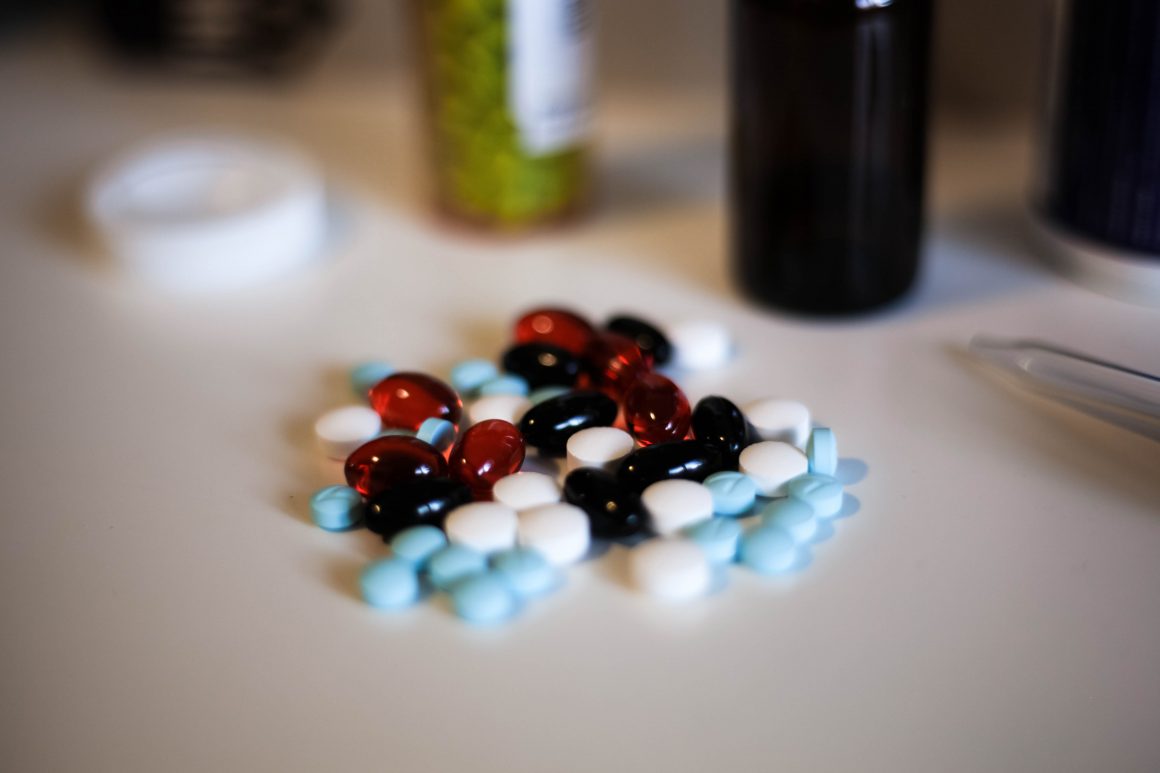
Doping rears its head in the World Athletics Championships
By Pierre Lechat, November 5 2019 —
The World Athletics Championships in Doha are likely to be remembered for their negative aspects, rather than for their positives. The problems and polemics have piled up — an empty, air-conditioned stadium, extreme heat resulting in physically dangerous conditions for the athletes, and worker exploitation in Qatar. That being said, the World Championships are, above all, a professional sporting competition, and what a competition it was. There were nine strong days of highly athletic performances — one right after another. The intensity of these performances were enough to fuel the fire of doubt — a fire on which doping scandals acted like a can of gas.
At the center of the tempest was the controversial Alberto Salazar, head coach of the Nike Oregon Project — a group created in 2001 by Nike to promote American long-distance running. Salazar has been on the radar of anti-doping authorities’ for quite some time. At the beginning of the Championships, the former mentor of Mo Farah — Olympic gold medalist— was banned for four years by the U.S. Anti-Doping Agency (USADA) for orchestrating and facilitating prohibited doping. But, while Salazar was suspended, his athletes shone on the track. The young American Donovan Brazier crushed the 800-metre race with a new American record. Yomif Kejelcha of Ethiopia and Konstanz Klostherhalfen from Germany, 1,000-metre and 5,000-metre respectively, both made it to the podium. Dutch runner Sifan Hassan, for the second 10,000-metre race of her life, was ahead of all her opponents in the last 1,500-metres. Only 11 women ran faster in 2019 — and that was without having done 8,500 metres prior. She did all this with disconcerting ease. A few days later, she won her second title in the 1,500 metre, with a stunning time of 3:51:95.
The scandals didn’t touch only middle-distance and distance events. At the end of August, the USADA revealed that the American sprinter Christian Coleman didn’t show up for three anti-doping tests. The fastest man of the year was likely to be suspended. Coleman was eventually found innocent and allowed to take part in the races in Doha, where he easily won the 100-metre. However, an unpleasant atmosphere surrounded his victory.
The World Championships brought these scandals to light. The German television channel, ARD also took advantage of the discussions of doping to accuse the French long-distance runner, Morhad Amdouni of acquiring doping substances. The big stage made people realize that the problem of doping persists. But in the meantime, the Khalifa stadium was the theater of big performances. Even for athletes who were not ever accused of doping in affairs, doubt creeped in. In Doha, it was impossible not to be suspicious about some results. In the women’s 400-metre, the 2016 Olympic champion Shaunae Miller-Uibo had broken her record by 0.6 seconds. It wasn’t enough for the championship title, won by the young Bahraini Salwa Eid Naser who didn’t seem to be touched by lactic acid effects after a quick start. With a time of 48’’14, the 21-year-old Naser placed herself third of all time. Preceding her were two names associated with the dark age of doping in Eastern Europe, Marita Koch and Jarmila Kratochvilova.
As usual, Kenyan athletes have dominated most of the distance events. However, there are more and more rumors about an institutionalized doping system in Kenya. According to a recent investigation from the German Channel ZDF, eight athletes present in Doha had been using illegal substances. They also accused the Kenyan antidoping agency and athletic federation to be corrupt, protecting doped athletes. It would be impossible not to have doping in the back of your mind after seeing the shows of strength from Beatrice Chepkoech or Timothy Cheruiyot. Concerning Cheruiyot, the last 1500-metre runner who raced as well as he did was his compatriot Asbel Kiprop, who tested positive for doping once. Nothing is proven, but there are doubts. Those who have used doping in the past raise concerns about their ability to race cleanly ever again.
The American Justin Gatlin who competed in the 100-metre and the French Quentin Bigot who competed in the hammer throw and were both silver medalists in Doha, earned times and scores that equaled the times and scores when they tested positive. A second chance comes with a price. This culture of permanent doubt, maintained by scandals and suspicious performances, asks wider questions. Fundamentally, aren’t big performances what the public and the media expect? The allure of a sport comes from the show, and because of this many commentators turn a blind eye. Athletes are going to start to train for the Tokyo Olympic Games. Some of them will use every means at their disposal, maybe even some illegal, to win the athletic version of the Holy Grail. But at what cost? Their health? Doping is a plague, and it cannot be justified.
